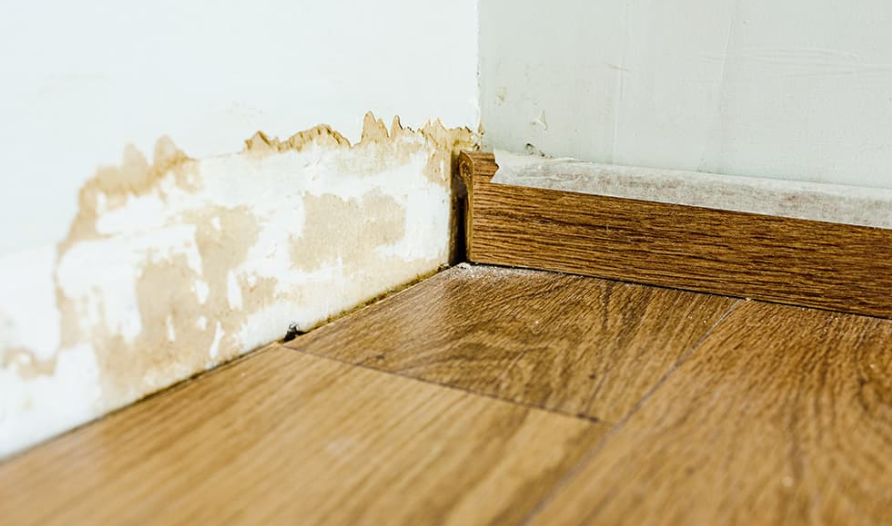When water damage strikes, every second counts. If not addressed immediately, water can wreak havoc on a property’s structure and create a breeding ground for mold. This is where the expertise of a trusted partner, like the Best Restoration Company, becomes invaluable. They have the experience and tools necessary to tackle water damage efficiently, reducing the potential for further issues and restoring homeowners’ peace of mind.
Quick action can significantly curb the extent of damage. Properly managing a water incident requires keen awareness of signs and understanding potential risks. Rapid response minimizes physical damage and reduces health risks, ensuring that recovery processes are streamlined and effective.
Key Takeaways:
- Rapid response is crucial to minimize damage and health risks associated with water damage.
- A strategic action plan can streamline recovery efforts and mitigate further issues.
- Professional intervention is often necessary for comprehensive water damage restoration.
Table of Contents:
- Recognizing Water Damage Signs
- Immediate Dangers of Water Damage
- First Steps: Essential Actions
- Strategies for Limiting Further Damage
- Health Risks Linked to Water Damage
- The Role of Professional Help
Recognizing Water Damage Signs
Before you can act, you need to recognize the signs of water damage. Look for discoloration, water spots on ceilings, or warped floors. Also, a sudden increase in water bills could indicate a hidden leak. Trained professionals from restoration companies can employ moisture detectors and infrared cameras to uncover concealed issues and ensure a thorough assessment.
Immediate Dangers of Water Damage
The immediate dangers of water damage extend beyond wet carpets or furniture. The structural integrity of walls and floors can become compromised. Rotting wood can weaken support beams, while drywall loses its resilience when soaked. Mold can develop within 24 to 48 hours, leading to long-term health issues. The rapid development of these issues underscores the need for swift action.
First Steps: Essential Actions
Addressing water damage starts with a few critical first steps. The primary action is to stop the source of the leak, such as turning off the main water supply for internal leaks. Next, electricity should be cut off in the affected areas to prevent electrical hazards. Using moisture absorbers like towels or vacuuming excess water can help contain immediate spread. Proper ventilation is crucial to start drying — open windows and use fans and dehumidifiers if available.
Strategies for Limiting Further Damage
Effective damage control strategies involve a balance of DIY effort and professional expertise. For the typical homeowner, actions like elevating furniture, removing soaked items, and placing aluminum foil under furniture legs can prevent further harm. Proactive solutions like installing sump pumps, maintaining gutters, and waterproofing basements can offer protection against future incidents.
Health Risks Linked to Water Damage
Water damage can significantly affect health, with mold being a principal concern. Mold spores can cause respiratory problems, allergic reactions, and other health issues, particularly in individuals with preexisting conditions or compromised immune systems. Understanding these risks highlights why mold prevention and control must be integral to any water damage remediation plan.
The Role of Professional Help
While homeowners can manage minor issues, the scale and intricacy of severe water damage call for professional intervention. Experts employ advanced drying equipment and antimicrobial treatments to prevent mold growth and further destruction. Proper assessment and guided repair from restoration professionals ensure a comprehensive restoration. Restoration specialists’ experience is also invaluable in diagnosing potential future issues, offering peace of mind and reassured safety.

